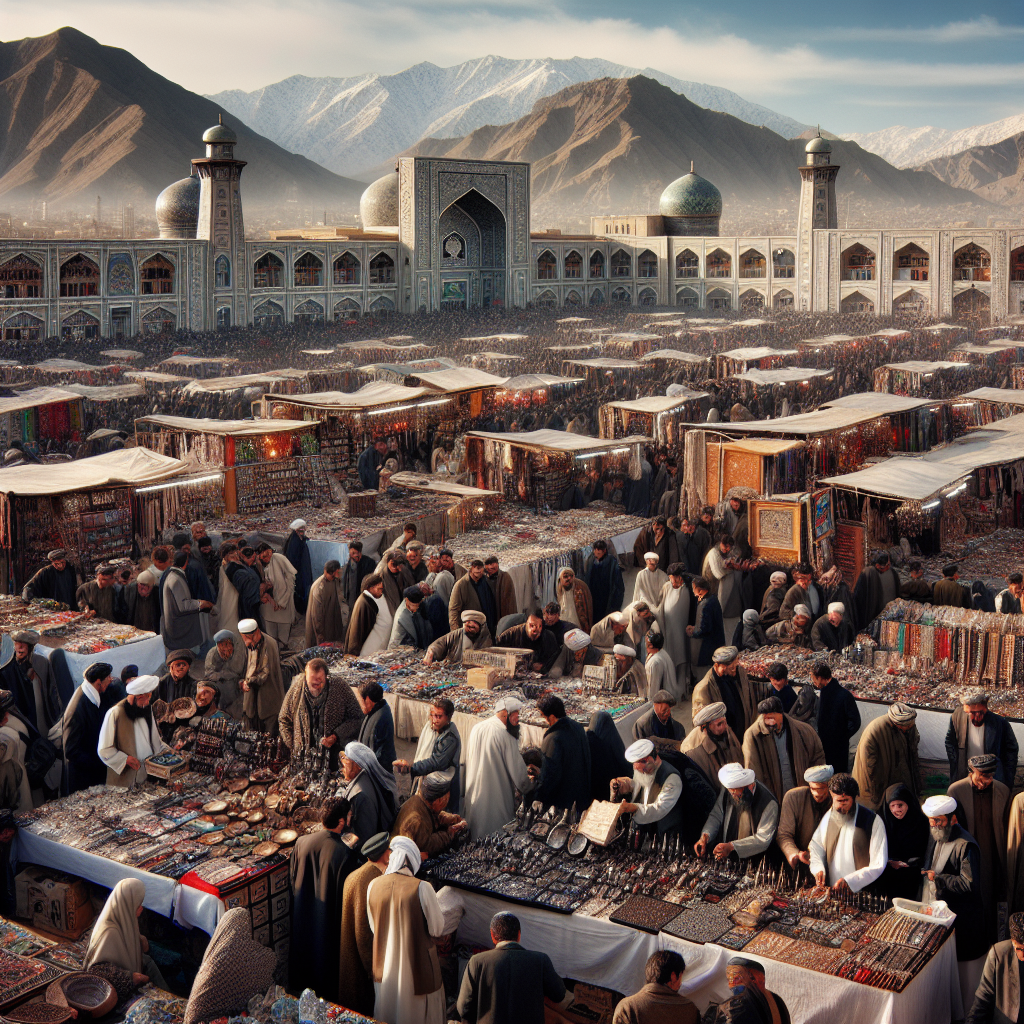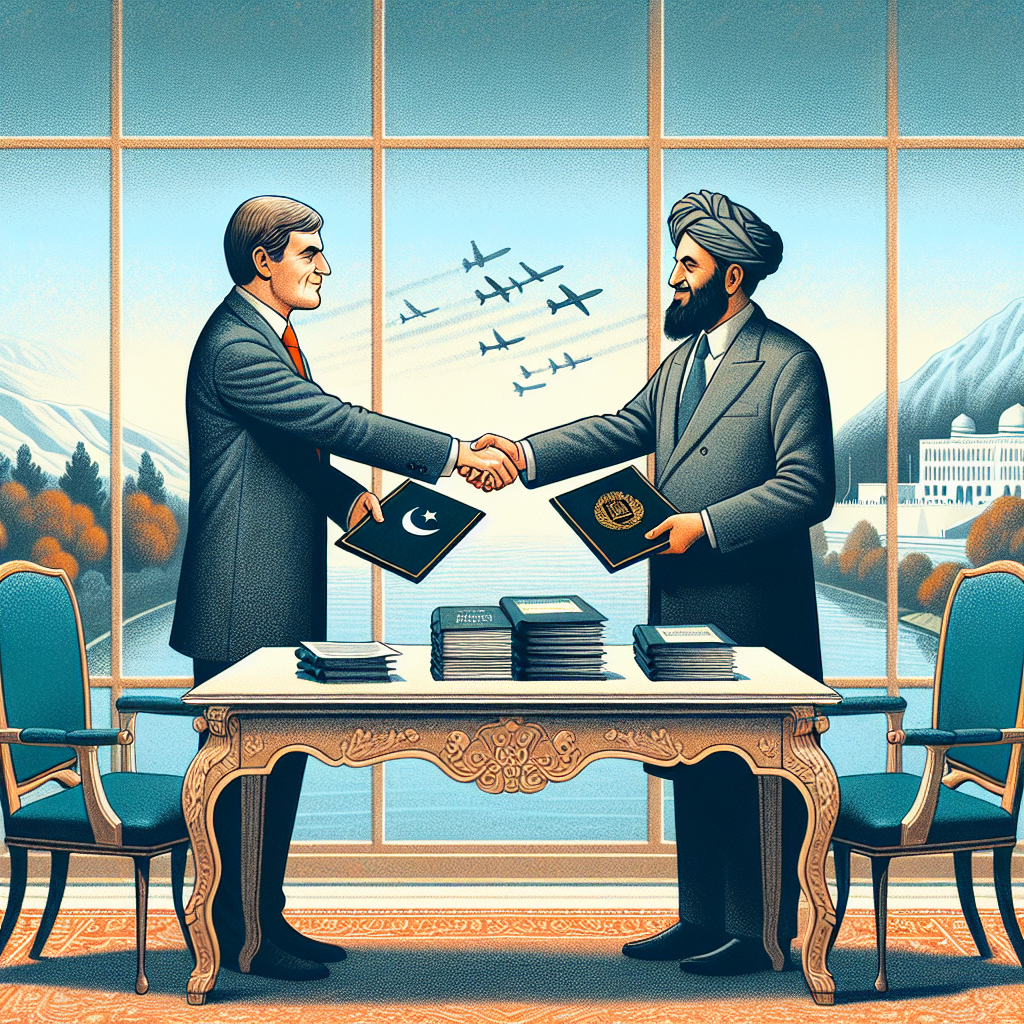Taliban’s Trillion-Dollar Gamble: Tapping into Afghanistan’s Mineral Wealth
Unlocking Afghanistan’s Hidden Wealth: The Taliban’s Trillion-Dollar Gamble
The article “Taliban’s Trillion-Dollar Gamble: Tapping into Afghanistan’s Mineral Wealth” explores the potential and challenges of exploiting Afghanistan’s vast mineral resources under Taliban rule. This summary provides an overview of the key points and insights from the article.
Background
Afghanistan is home to a wealth of untapped mineral resources, estimated to be worth over a trillion dollars. These resources include:
- Lithium
- Rare earth elements
- Copper
- Iron ore
- Gold
The Taliban, having regained control of Afghanistan, sees these resources as a potential economic lifeline to rebuild the country’s economy and gain international legitimacy.
Opportunities
The exploitation of Afghanistan’s mineral wealth presents several opportunities:
- Economic Growth: Harnessing these resources could significantly boost Afghanistan’s GDP and create jobs.
- Infrastructure Development: Revenue from minerals could fund critical infrastructure projects.
- Global Demand: The increasing global demand for minerals like lithium, essential for batteries, presents lucrative export opportunities.
Challenges
Despite the potential, several challenges could hinder the Taliban’s plans:
- Security Concerns: Ongoing conflict and instability pose significant risks to mining operations.
- Lack of Expertise: Afghanistan lacks the technical expertise and infrastructure needed for large-scale mining.
- International Sanctions: Sanctions against the Taliban could limit foreign investment and partnerships.
- Environmental Impact: Mining activities could lead to environmental degradation, affecting local communities.
International Interest
Several countries, including China and Russia, have shown interest in Afghanistan’s mineral resources. These nations may provide the necessary investment and expertise, but geopolitical tensions could complicate partnerships.
Conclusion
The Taliban’s ambition to tap into Afghanistan’s mineral wealth is a high-stakes gamble with the potential to transform the country’s economy. However, significant challenges, including security issues, lack of expertise, and international sanctions, must be addressed. The outcome of this endeavor will depend on the Taliban’s ability to navigate these obstacles and attract foreign investment while managing environmental and social impacts.
In summary, while Afghanistan’s mineral wealth offers a promising opportunity for economic development, realizing this potential will require careful planning, international cooperation, and a stable political environment.






